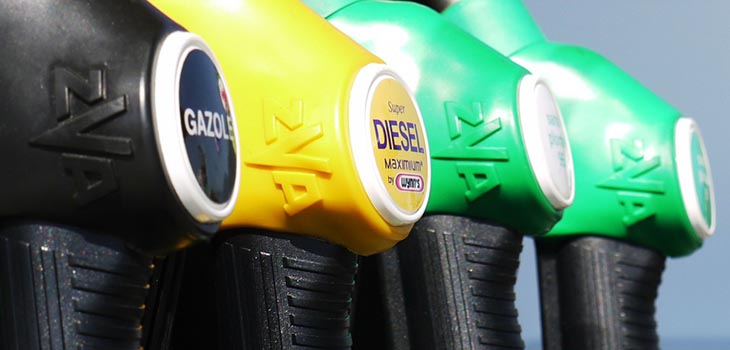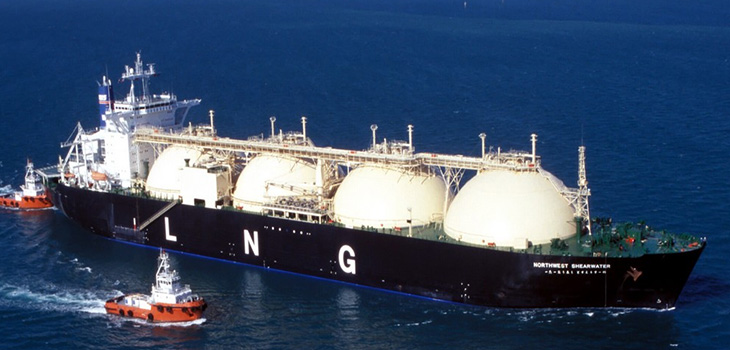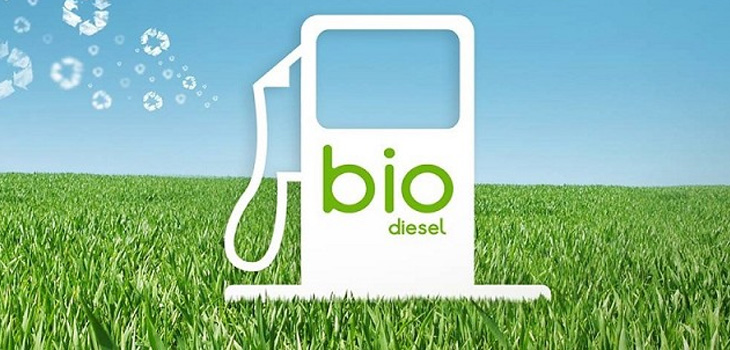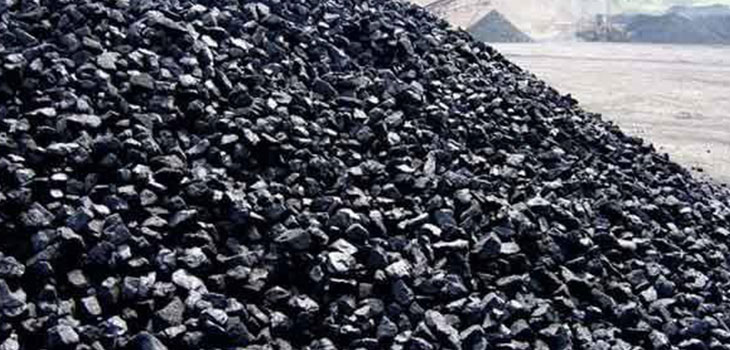
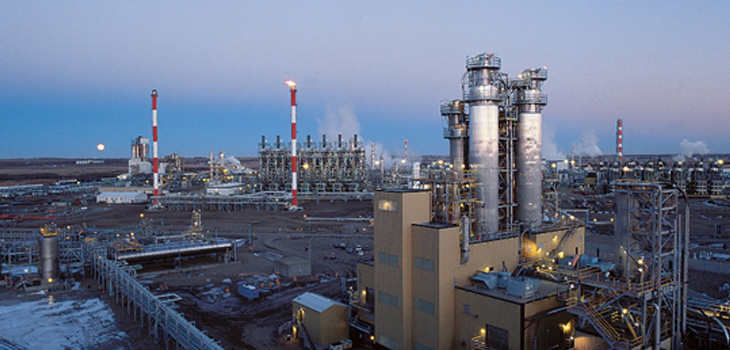
Petroleum
Despite macro uncertainties and headwinds, the global markets for oil, gas and refined petroleum products presented a much more favorable environment for trading in years to come than in the previous year. Geopolitical tensions and trade conflict created volatility in prices and flows and, in most segments, significant opportunities for UEG’s core business of physical arbitrage based on price differences in time and location.
Chief amongst these dislocations has been the continuing change in the global trade flows of oil. We have been moving away from a world where the primary oil trade was crude from the producers of the Middle East, Africa and Latin America moving to the US and Europe. Instead, with the rise of Chinese and now Indian demand, those crude barrels are increasingly moving eastward rather than westward. Growing urbanisation in Asia has boosted consumer income and spending, particularly on energy and transportation.
Another part of this transition has been on the supply side, namely the rise of the US as the world’s largest crude producer. This rapid rise in production has led to significantly reduced demand for crude imports into the US, pushing those barrels back out into the market, particularly towards the Eastern markets. Over the last four years, the US has grown its own exports to the point where it exports more volumes than any OPEC member except Saudi Arabia. The destinations for these barrels have changed numerous times over the last few years as ebbs and flows in demand economics have in turn meant that the appeal and viability of US barrels into certain markets has evolved. But Trafigura’s global footprint and access to demand opportunities has meant that we have been able to fully address these dislocations by increasing our US exports to European homes while also increasing the traded amount of our European and West African barrels into Asia.
